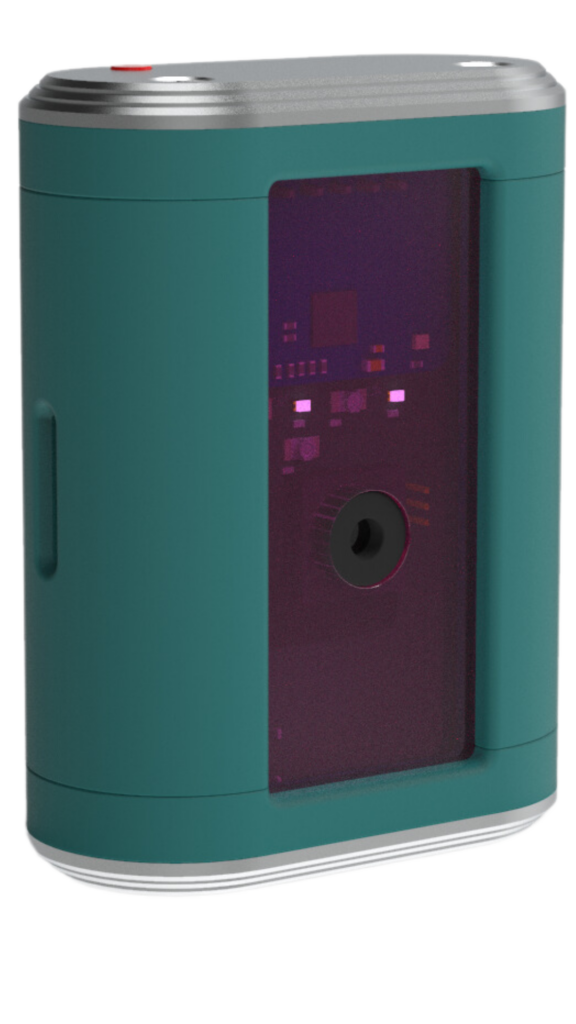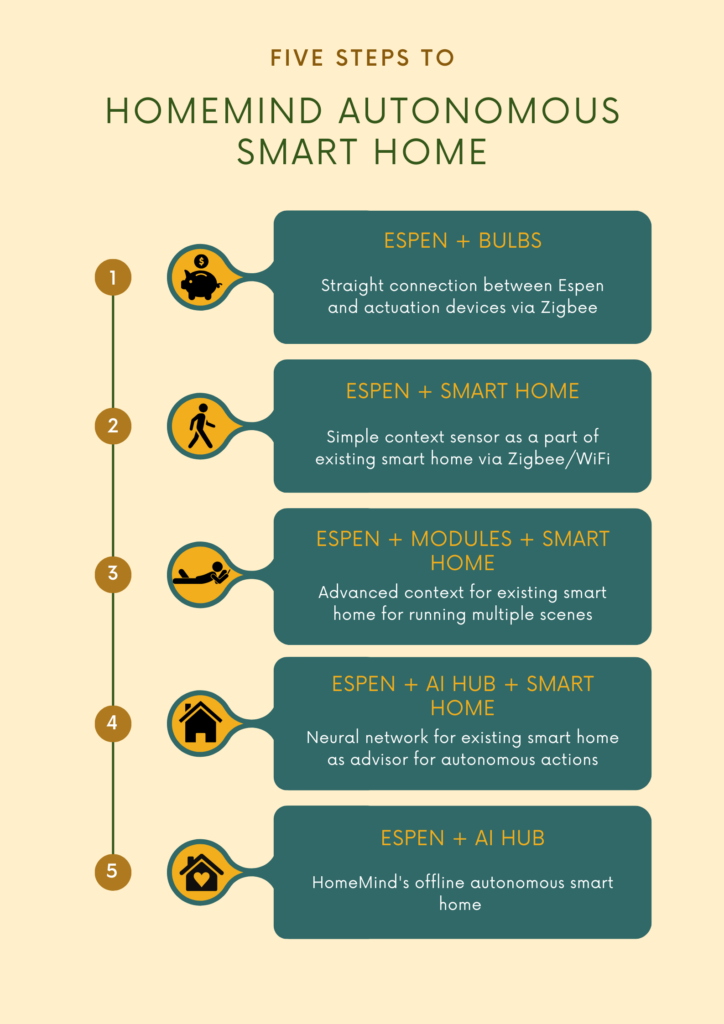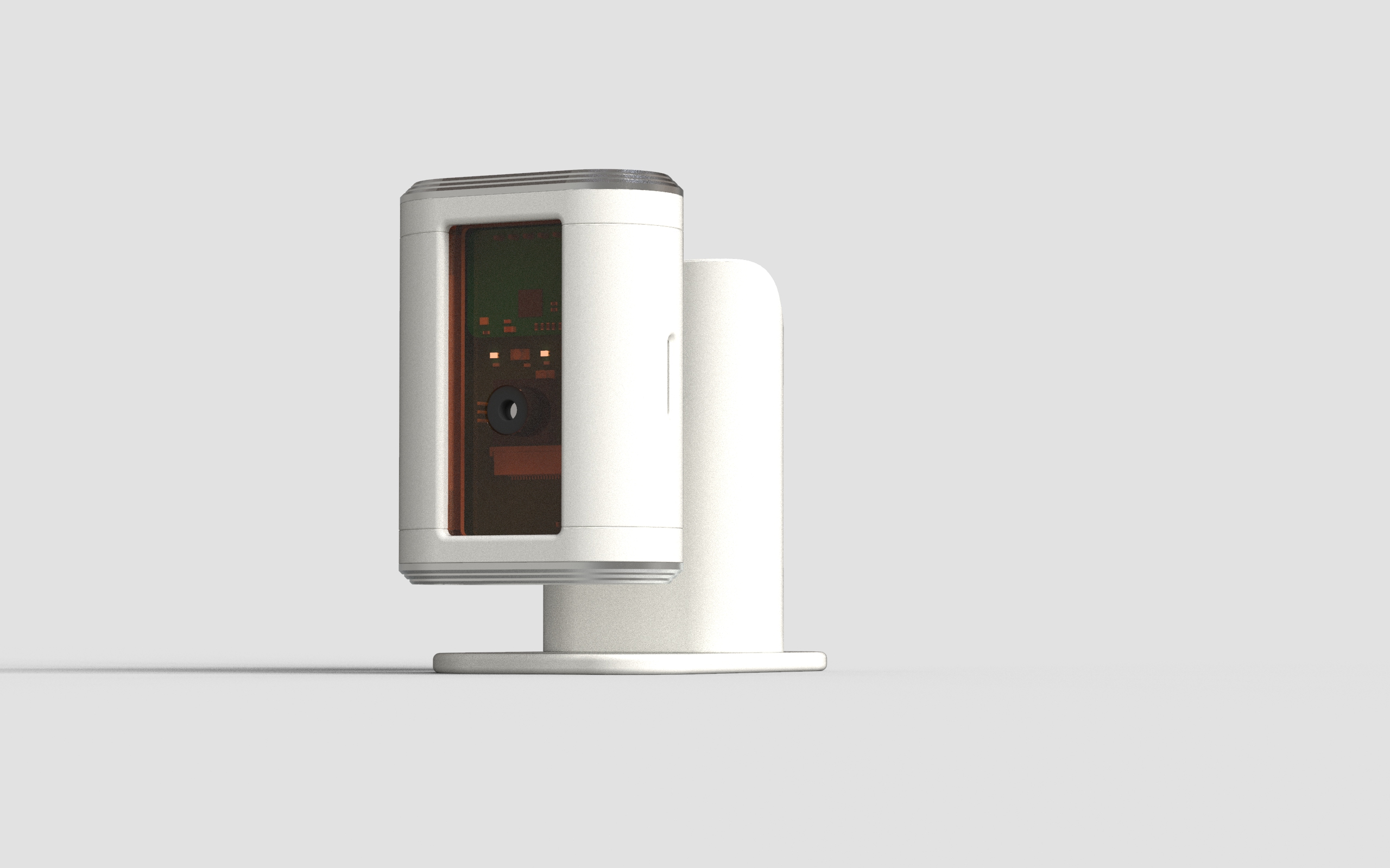Imagine a future in which your home takes care of every aspect of daily life on its own. You don’t need to remember to turn off the lights, set the alarm, or even adjust the heating—the smart building does it all for you. Such a fully autonomous home is often referred to as the Holy Grail of home automation: the ideal that the smart home industry has been striving for. A home that independently manages energy, security, and comfort—eliminating the need for manual control—sounds like something straight out of a sci-fi movie. Yet, advancements in technology are making this vision increasingly realistic.
What is the Holy Grail of Home Automation?
The Holy Grail of home automation is a home that thinks for us—an intelligent system capable of autonomous operation in every area. You can think of it as a central “brain” connecting and controlling all devices and installations in your house—from thermostats and lighting to multimedia and security systems, as well as household appliances and energy management. This central system, equipped with a network of sensors and advanced artificial intelligence, learns the lifestyle of the residents and seamlessly coordinates the entire home for maximum comfort, safety, and efficiency
. In practice, this means no more running around the house with a phone or remote control—the home responds on its own, functioning as one integrated organism.
Does that sound abstract? It’s actually quite easy to imagine. For example, you wake up in the morning, and the system has already raised the bedroom temperature, opened the blinds, brewed your coffee, and turned on your favorite playlist in the kitchen. When you leave for work, the house automatically switches to an energy-saving mode—disconnecting unnecessary devices and arming the alarm. Just before you return, it activates the “relax” scenario: turning on ambient lighting, playing music, preheating the oven for dinner, and preparing everything for a peaceful evening
. This level of automation—where most activities happen without human involvement—is the essence of the Holy Grail of the smart home.

.

Cutting-Edge Technologies on the Road to Autonomy
Achieving this vision requires advanced technologies. Today’s smart home systems—such as HomeMind—are focusing on artificial intelligence and machine learning, so that the home can operate more and more independently. In the intelligent home of the future, AI is meant to serve as the “brain” of the house, learning about its residents and coordinating all the devices according to their needs
. HomeMind follows this philosophy—its technology evolves with the user, starting with simple automated actions and moving toward advanced intelligence that can even adapt the home to the residents’ emotions and habits
So what solutions are leading us toward full home autonomy? Here are a few key examples:
- Machine Learning and Prediction:
An intelligent home learns our lifestyle and can predict residents’ needs. For instance, the system may notice that you consistently lower the temperature before bedtime and will eventually begin to regulate the heating at night on its own
. Data analysis also makes it possible to forecast various events—like when supplies will run out or when a device needs servicing—and act in advance before a problem arise. - Autonomous Security:
Modern systems use AI to actively look after residents’ safety. Intelligent cameras, motion detectors, and electronic locks can detect unusual activity and respond in a fraction of a second. When the home “thinks,” it will lock the doors or alert authorities in case of danger, long before we even realize something is wrong. This allows the home to prevent break-ins or malfunctions, giving residents peace of mind. - Intelligent Energy Management:
Full autonomy also means maximum efficiency and eco-friendliness. Artificial intelligence monitors the consumption of electricity, heating, and water, then optimizes the operation of all devices to avoid wasting energy. The system automatically dims lights and lowers the heating in rooms no one is using, and runs household appliances at off-peak night rates. Such solutions are already helping save on bills and create more environmentally friendly homes.
When Will We Achieve Full Automation?
That leaves the question: how far are we from a home that completely thinks for us? Many elements of the autonomous home are already available—such as intelligent thermostats, motion-activated lighting, robot vacuums, refrigerators that order missing items, or voice assistants that carry out commands. However, full home automation is still rarely encountered. Most of us adopt smart solutions in a piecemeal fashion—here a smart plug, there a camera or sensor—rather than relying solely on a fully integrated system. As a result, today’s smart home often requires a certain amount of user attention, and various devices don’t always “talk” to each other. Paradoxically, many gadgets operate in isolation in their own apps—one app for the lights, another for the heating, another for the alarm—so this “home automation” can often be far from truly automatic convenience
. What’s missing is a single, cohesive “brain” that connects all the pieces into a whole.

The good news is that we’re heading toward such integration. Communication standards (like Matter) and platforms are emerging to connect devices from different manufacturers into one ecosystem. Ever more sophisticated AI algorithms allow systems like HomeMind to learn more quickly and predict our needs more accurately. Will a fully autonomous home knock on our doors in five, ten, or twenty years? No one knows for sure. One thing is certain: every year, we’re getting closer to that goal. The technology is maturing at an impressive pace—perhaps faster than we ourselves are ready to trust it.
Because, at the end of the day, there’s another important question: are we ready for a future in which our homes operate completely on their own, taking over our day-to-day routines? Can we trust four intelligent walls to think and act on our behalf? Only time will tell, and in the meantime—it’s worth reflecting on this before autonomous homes become our everyday reality.
Sources:
TEWKE.COM
DOMATIQ.PL
NEWO.AI
BUDOSFERA.EU


